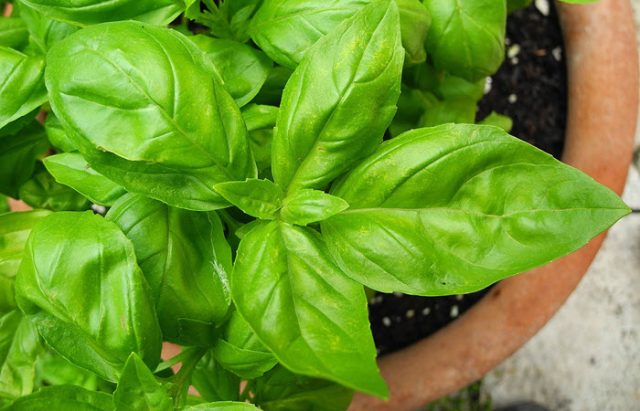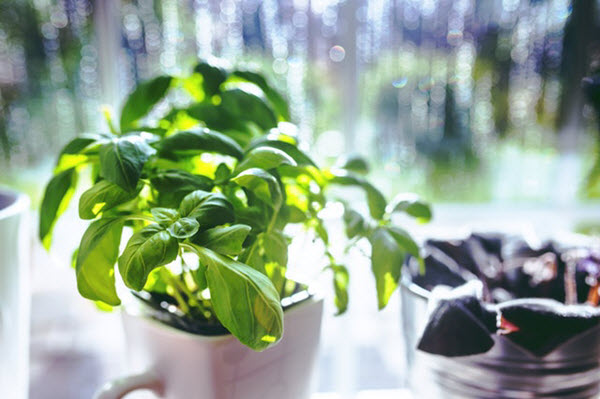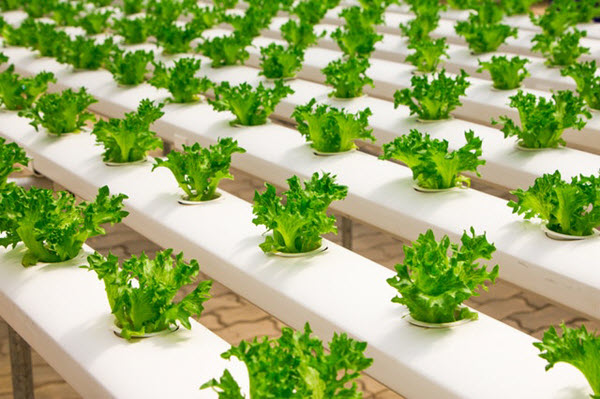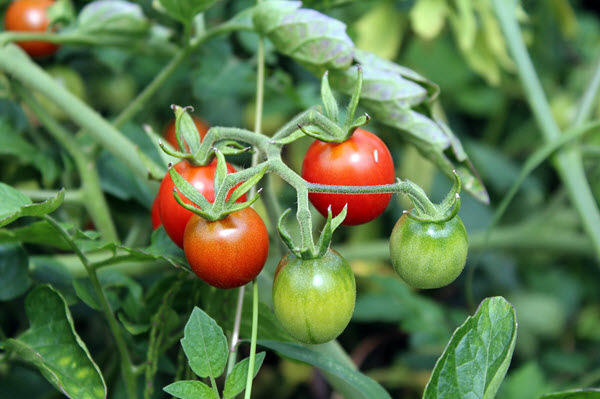Save Hundreds of Dollars By Growing These 7 Plants

You may not be ready to buy an acre lot, build a chicken coop, and start living off the land. But, with a small yard or even a sunny balcony, you can start growing your own fresh food and save hundreds of dollars each year in supermarket bills. But which plants to have in your garden?
Check out this really quick list.
Herbs

I cringe every time I spend $3 on a tiny plastic case of herbs.
Rosemary, thyme, and oregano can be tucked in any sunny corner of your yard. They require almost no maintenance and can be harvested throughout the year.
When it comes to saving money, basil is the king. 2 plants are enough to provide you with several batches of pesto and fresh leaves throughout the spring and summer.
Basil can be grown in a pot on a sunny balcony or windowsill.
Summer Squash
Summer squash includes zucchini and yellow squash. Having them in your garden means being able to test out squash casseroles and zucchini bread recipes anytime you want.
Check your plants every other day for new fruit. Remember to harvest them when they are about the size of your hand. They quickly get huge and tough so make sure to keep an eye out for them.
Cucumbers
Like summer squash, cucumber plants are prolific producers. You can save space by growing the plants vertically on a trellis.
There are two broad categories of cucumbers: slicing and pickling.
Slicing cucumbers are the ones commonly found in stores. They are large and meant to be eaten fresh.
Pickling cucumbers, on the other hand, are usually smaller, more difficult to find.
I have seen jars of “gourmet” pickles sold for over $15.
With your own cucumbers, some vinegar, salt, and homegrown herbs, you can create your own pickles better than any “gourmet” ones.
Lettuce

Instead of spending $4 a week on a sealed bag of lettuce, grow your own. 10 plants are enough for a family’s salad needs.
Harvest the outer leaves and in about one week, the plant will be ready for another harvest.
Remember this:
Lettuce likes cool weather and will die once the heat of summer arrives.
Sugar Snap Peas
These are the peas with an edible pod that can be eaten right off the vine. Pea vines grow rapidly and the more you harvest, the more they produce.
Their sugar content starts to turn to starch once harvested. They taste the sweetest when freshly picked.
Tomatoes

After you taste a tomato picked from your own vine, you will never buy from the store again.
Expect to harvest anywhere from 10 to 30 lbs of medium sized tomatoes in its growing season. At the store, tomatoes run $3 to $4 per lb. It’s like growing money.
Hot Peppers
If you like to put hot sauce on everything, start growing your own peppers. They are small and easy to grow.
Experimenting with novel varieties like the Carolina Reaper (currently the hottest pepper in the world) is fun and saves extra money. Create your own chili powder, hot sauces, and chili oils for even more savings and to give as gifts.
More Ways to Save Money in the Garden
Preserve your harvest: Fruit and vegetable prices spike when out of season. Save even more money by preserving your harvest. This can include freezing basil pesto, canning tomato sauce, and making chili oil.
Mulch: Mulch can be any organic material that covers the soil around your plants, such as straw, wood chips or fallen leaves. It prevents evaporation and will save you money on your water bill. Conserve even more water by installing drip irrigation.
Start plants from seed: Seed packs run around $3 and can contain hundreds of seeds. Furthermore, you will have access to a much wider variety of produce.
Garden on a Friday Night: Gardening is fun! Skip going out and spending money. Instead, spend the weekend with your plants or host a garden party.
The best place for any new gardener to start is by growing food you love to eat. This will save you extra money as you buy less of them. With these 7 plants to have in your garden, you might enjoy growing your own food so much that you end up buying that acre lot after all.
Rick Perillo
Since graduating from California State University, Northridge in 2006, Rick Perillo has been exploring and teaching sustainable gardening practices. He has worked on organic farms in New Zealand and Colorado, as well as earned two Permaculture Certificates, his Master Gardener Certificate, and Certificate in Global Sustainability from UCLA. Rick currently is designing and teaching a garden-based curriculum for a progressive school in Calabasas as well as running the website www.thecarrotrevolution.com







